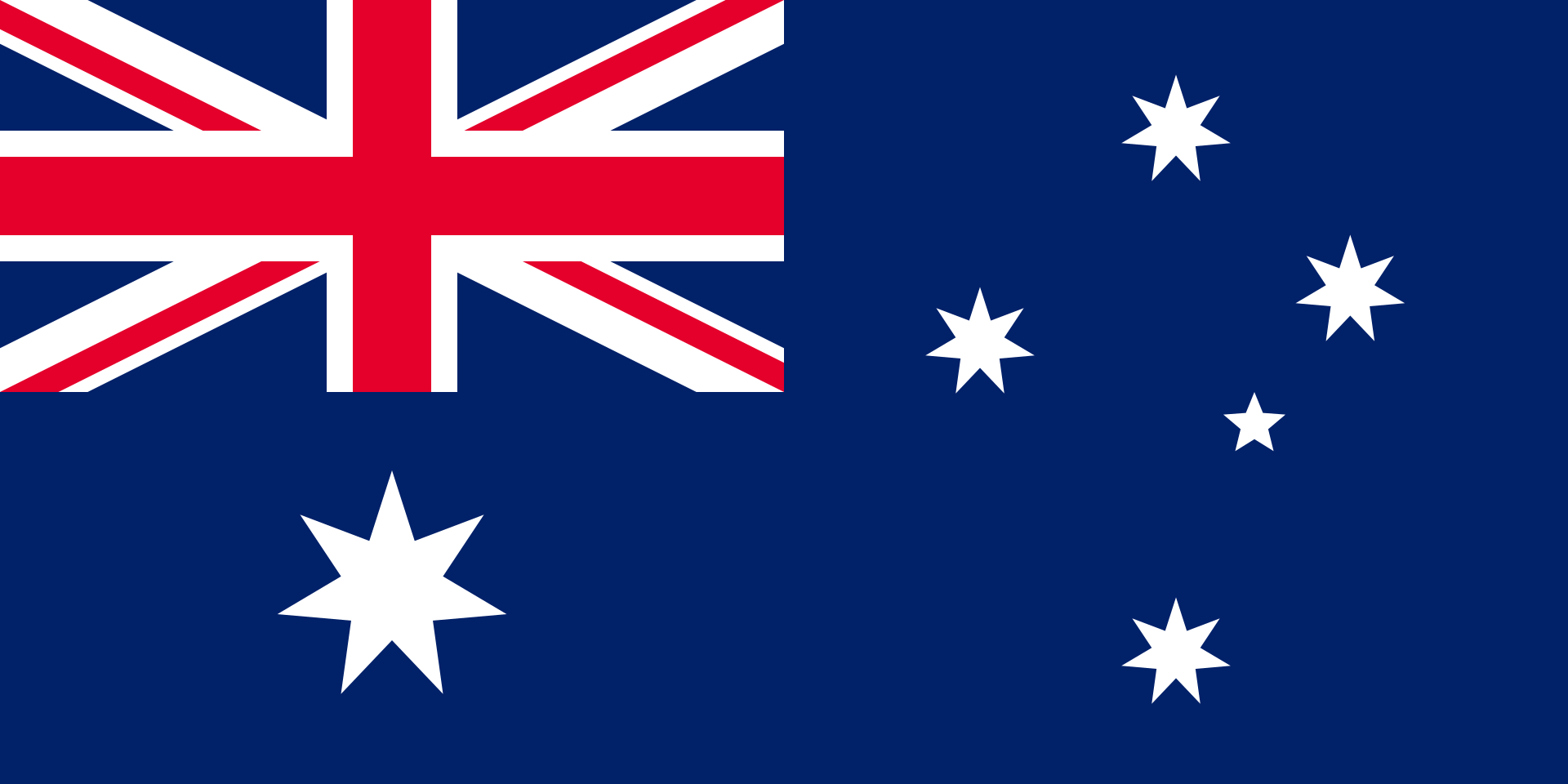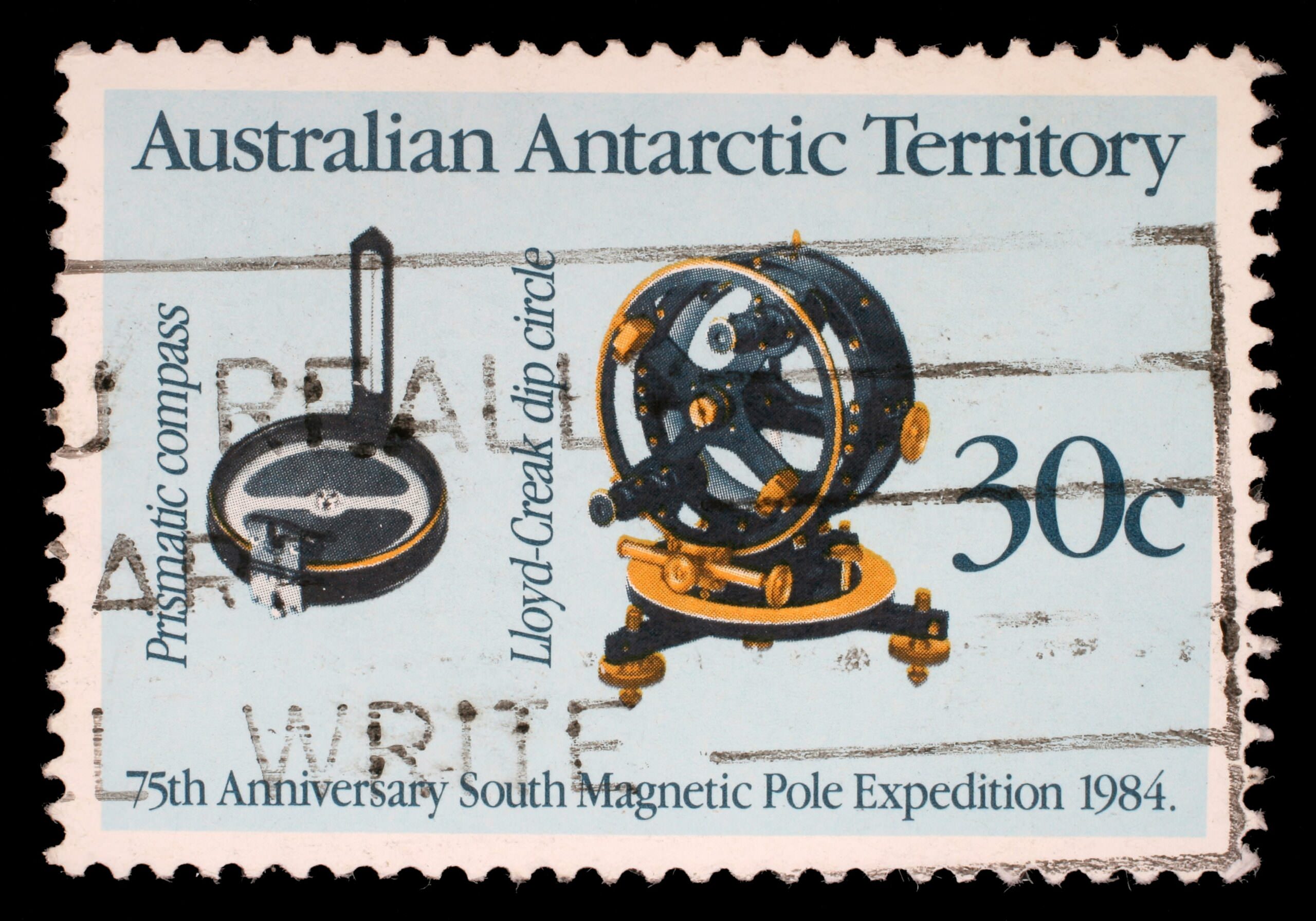The Australian Antarctic Territory

Main base: Davis Station
Population: 80 in winter; 200 in summer (2018)
Land area: 5,896,500 km2
Official language: English
Legal system: Australian Antarctic Territory (AAT) law
Time zone: GMT +6
Currency: Australian dollar (AUD)
GDP: N/A
Main industries: N/A
Principal exports: N/A
The Australian Antarctic Territory is a part of East Antarctica and consists of 42% of the entire Antarctic continent. With the territory taking up a hefty percentage of the fifth largest continent in the world, its land area of 5,896,500 km2 would in turn make it the seventh largest country in the world. The Australian Antarctic Territory includes all islands and territories south of 60°S, and between 45°E and 160°E, excluding the French sector of Terre Adelie.
Demographics
Land within the territory is largely covered with ice that reaches up to 4 km in thickness and very little rock is exposed, most of which can be found at its coastlines. Therefore, the only vegetation found on its land are very small mosses and lichens. On the other hand, the thick ice covering the area provides insulation to water and facilitates the growth of micro algae, which is then consumed by small animals at the bottom of the food chain in the Southern Ocean, assisting the sustenance of marine life. The territory holds the record to the lowest temperature ever recorded on Earth, which was -89.2°C as recorded in Vostok in 1983.
Despite the large area covered by the Australian Antarctic Territory, the territory’s population is almost negligible, with the humans present within the territory concentrated in small areas. A range of around 80 to 200 research staff inhabit the territory in its research stations, with some operating on a seasonal basis. These expeditioners have been permanently present in research stations since 1954, and they are able to travel from and to the territory by air and sea transport. The Australian Antarctic Division administers the area primarily within the Mawson, Davis and Casey research stations, with Davis Station being its main base. Scientific research conducted within includes the study of environmental protection and geological surveys, and these research programs involve collaborations with more than 150 national and international research institutions.

History
As the name of the territory suggests, Australia has sovereignty over the Australian Antarctic Territory, with the Australian Antarctic Division of the Australian Government Department of Sustainability, Environment, Water, Population and Communities administering the territory. This arrangement came in place in 1936, when Britain transferred sovereignty over the territory to Australia under the Australian Antarctic Territory Acceptance Act 1933. Australia’s historic connection with the territory dates to the Antarctic expeditions commencing from the 1910s and conducted by the British, Australians and New Zealanders, in which geologist Sir Douglas Mawson then claimed sovereignty over the Australian Antarctic Territory as British territory. Today, only four countries recognise Australia’s sovereignty claim to the territory, namely New Zealand, France, Norway, and Britain. One of the countries actively disputing its sovereignty claim is Japan as the country’s ships conduct whaling within the territory’s waters.
Legal System and Government
The basis for Australian Antarctic Territory law is the Australian Antarctic Territory Act 1954, which provides for the sources of its laws being applicable Commonwealth legislation, ordinances specific to the Territory, applicable laws of the Australian Capital Territory and the Jervis Bay Territory, and obligations arising from the Antarctic Treaty. The application of the Antarctic Treaty has stirred debate in terms of Australia’s claim of an exclusive economic zone from the Australian Antarctic Territory, as the Treaty would seem to prohibit such a claim. Other than such controversies, the Treaty promotes principles of environmental protection, scientific exchange, and non-militarisation, preserving the continent as a region for peace and science.
Economy
There is little economic activity within the Australian Antarctic Territory. The Antarctic Treaty protects the continent from mineral resource exploration, mining, and oil drilling, even though its forecast oil reserves as estimated to be one of the largest in the world. Australians are also prohibited from whaling within the territory’s waters, though controversies have arisen as to whether this would be deemed illegal for the Japanese in the same way, especially as some Japanese ships have been argued to have conducted commercial whaling in recent years. So far, the extensive scientific research conducted on the territory has been the greatest contributor to the economy of the Australian Antarctic Territory.
Investment Opportunities
The Australian Antarctic Strategy and 20 Year Action Plan was launched by the Australian government in 2016, which sets out to foster economic opportunities in alignment with blue economy principles. In particular, the government aims to cement Tasmania as the gateway to the Antarctic, supporting science operations in East Antarctica and creating possibilities for the development of a tourism sector in the Antarctic.
Sources
https://www.antarctica.gov.au/about-antarctica/geography-and-geology/
https://www.antarctica.gov.au/about-antarctica/australia-in-antarctica/law/
https://www.worldstatesmen.org/Australian_Ant_Ter.html
https://www.aspistrategist.org.au/antarctic-sovereignty-are-we-serious/
https://www.tandfonline.com/doi/abs/10.1080/00908328809545874
https://theconversation.com/murky-waters-why-is-japan-still-whaling-in-the-southern-ocean-71402